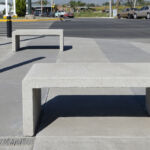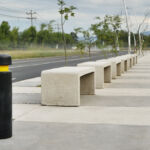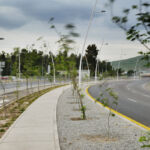Adolf Horn Avenue: Urban Revitalization by Agraz Arquitectos
Project's Summary
The Adolf Horn Avenue project, designed by Agraz Arquitectos S.C., is a visionary urban remodeling initiative set in the heart of the Guadalajara Metropolitan Area. This project addresses the critical need for improved connectivity among various districts within Tlajomulco de Zuñiga, which has faced challenges related to transportation and public space over the years. Originally designed as an automobile-centric thoroughfare, the avenue gradually fell into neglect, transforming its central space into an underutilized wasteland. Recognizing the urgency of revitalization, this project seeks to redefine the use of public spaces while enhancing urban mobility.
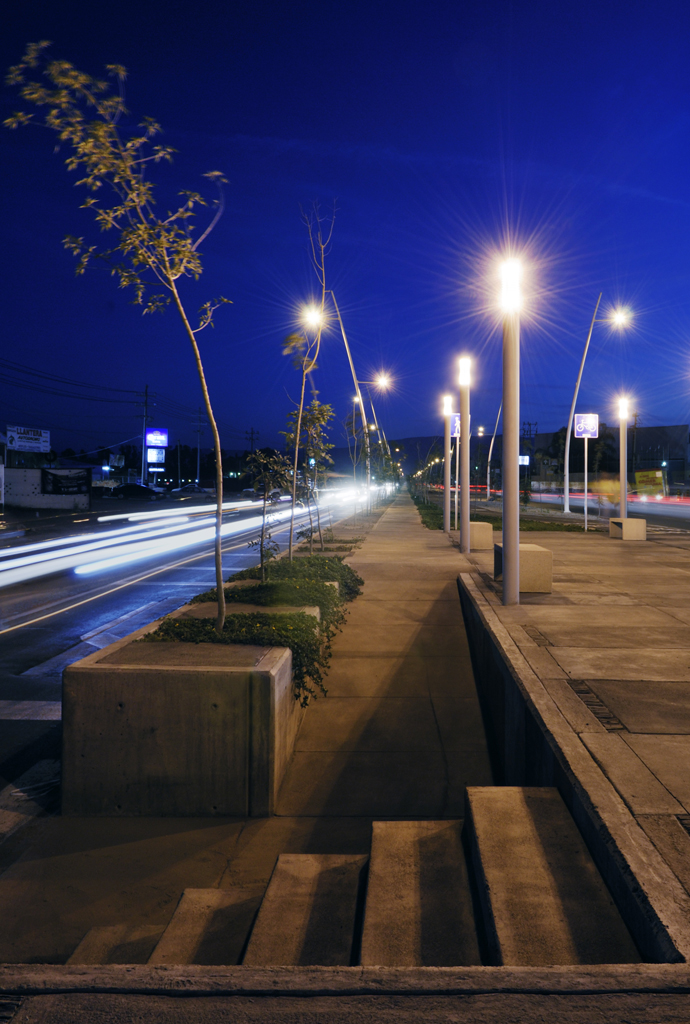
Central to the project's success is its innovative approach to urban design, which incorporates extensive green areas and promotes non-motorized transportation. The initial government proposal called for a linear park along the avenue; however, the final design goes beyond that, integrating a rich tapestry of public spaces that foster community interaction. The project addresses budgetary constraints by prioritizing essential infrastructure, such as a main sewer system to mitigate flooding during rainy seasons, thus ensuring the longevity and functionality of the new urban landscape.

A notable feature of the Adolf Horn Avenue project is the three-kilometer bicycle lane that runs alongside the avenue. This dedicated lane not only serves as a vital transportation route for commuters but also encourages families to engage in recreational activities. The inclusion of park areas and small plazas at pedestrian crossings provides residents with inviting spaces for social gatherings, lunch breaks, and community events. This holistic approach to urban design enhances the overall quality of life for residents, promoting an active and engaged community.
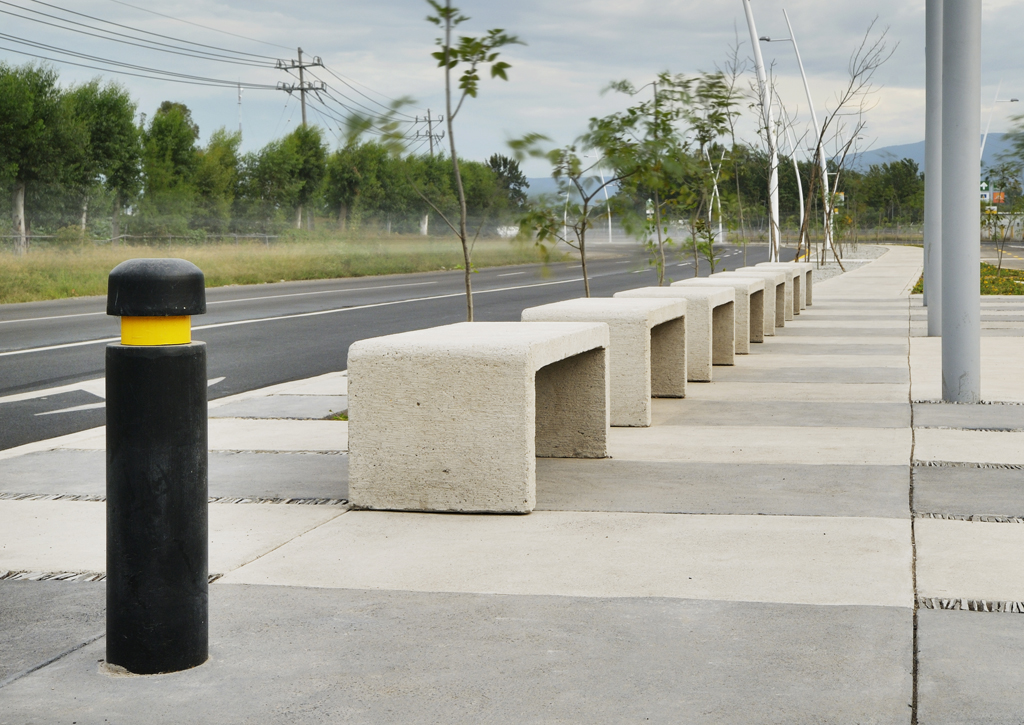
The planting of thousands of ash trees along a two-thousand-meter stretch of the avenue exemplifies the project’s commitment to environmental sustainability. This line of trees not only beautifies the area but also contributes to improved air quality and provides shade for pedestrians and cyclists alike. The project emphasizes the importance of integrating nature into urban planning, setting a precedent for future developments within the city and beyond. The collaborative efforts of Agraz Arquitectos S.C. and local authorities highlight the significance of public spaces and the need for ongoing maintenance to ensure the project’s success.

As the Adolf Horn Avenue project unfolds, its impact on urban mobility and community well-being becomes increasingly apparent. The shift from a car-centric focus to prioritizing public spaces and green areas signals a transformation in urban planning paradigms. This ambitious initiative serves as a beacon of hope for other cities grappling with similar challenges, inspiring them to embrace sustainable practices in road design and development. With Tlaquepaque's commitment to the continuation of this work, the Adolf Horn Avenue project stands as a powerful testament to the potential of urban revitalization efforts.
Read also about the Projection Sauna - Innovative Architectural Design project

